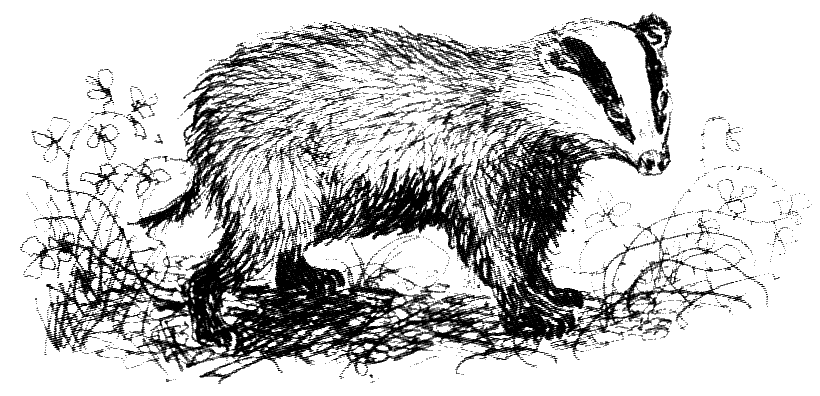Floral colours.
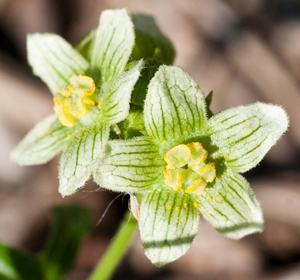
The colours found in the flowers and leaves of flowering plants [Angiosperms] can be ascribed to four major 'families' of pigments; the chlorophylls, carotenoids, flavonoids and betalains.
The chlorophylls are perhaps the most familiar as they are the main photosynthetic pigments, absorbing blue and red wavelengths of light. Chlorophyll in flowers is relatively unusual. Indeed, green flowers are quite rare and often associated with wind pollination. Examples of green flowers include some species of Euphorbia, Hedera and Fritillaria. Green flowers, despite their less conspicuous nature, can still attract insect pollinators. This is due partly to differences in light scattering and brightness (achromatic contrast) as revealed recently by researchers at the Univeristy of Seville.
The carotenoids are pigments belonging to the isoprenoid group of chemicals. They are commonly present in flowers, absorbing mainly blue wavelengths of light. They lend yellow, orange and very occasionally red colour to flowers. Carotenoids are the petal pigments of many yellow-flowered plants of the Daisy (Asteraceae) and Bean (Fabaceae) families.
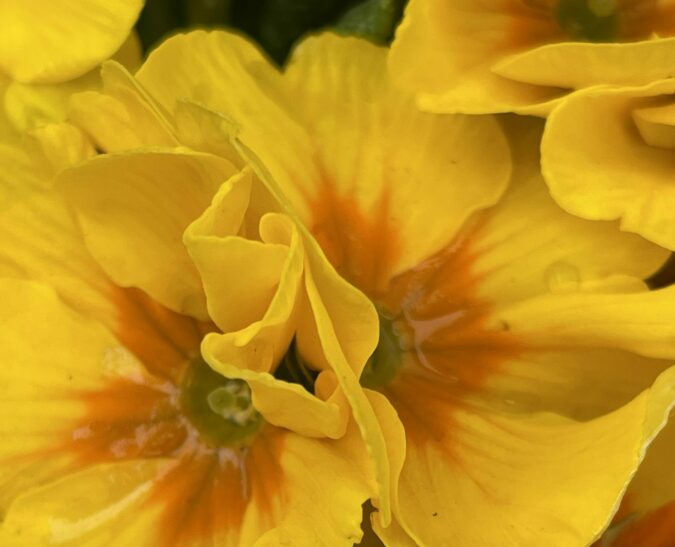 The flavonoids offer the most diverse range of pigments. They are water-soluble polyphenols found in nearly all vascular plants. They are located in the vacuoles of cells. Certain flavonoid groups, such as, the catechins, flavonols, flavones, isoflavones absorb in the ultraviolet region of the spectrum. They are invisible to humans but can be recognised by many bees, flies, butterflies and most birds. The anthocyanins, also part of the flavonoid group, absorb green light and reflect shades of purple, blue, and red. They occur in many tissues of flowering plants, including leaves, roots, and fruits (think blueberries and raspberries).
The flavonoids offer the most diverse range of pigments. They are water-soluble polyphenols found in nearly all vascular plants. They are located in the vacuoles of cells. Certain flavonoid groups, such as, the catechins, flavonols, flavones, isoflavones absorb in the ultraviolet region of the spectrum. They are invisible to humans but can be recognised by many bees, flies, butterflies and most birds. The anthocyanins, also part of the flavonoid group, absorb green light and reflect shades of purple, blue, and red. They occur in many tissues of flowering plants, including leaves, roots, and fruits (think blueberries and raspberries).
The last group are the betalains. The name derives from the beetroot (Beta vulgaris). They are nitrogen containing compounds, derived from the amino acid tyrosine. Betalains give rise to yellow to pink and red colours. The deep red-purple colour of beets, bougainvillea, amaranth, and many cacti comes from certain betalain pigments. Interestingly, plants that produce betalain pigments do not form anthocyanins.
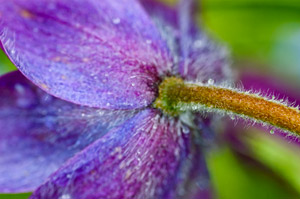 Apart from these four major pigment types, other rarer pigments do exist. For example, the xanthones found in some species of irises. Flower colours may be generated from one specific pigment or through the combination of different pigments. Thus, red petals may be result of red anthocyanins, or red betalains, red carotenoids, or even by the combination of orange carotenoids with purple anthocyanins. The carotenoids and chlorophylls are stored in chromoplasts and chloroplasts of the petals respectively. Chromoplasts are membrane-bound, fluid filled vesicles in which pigments may be stored. Flavonoids and betalains, which are water-soluble compounds, are found in the vacuoles of cells.
Apart from these four major pigment types, other rarer pigments do exist. For example, the xanthones found in some species of irises. Flower colours may be generated from one specific pigment or through the combination of different pigments. Thus, red petals may be result of red anthocyanins, or red betalains, red carotenoids, or even by the combination of orange carotenoids with purple anthocyanins. The carotenoids and chlorophylls are stored in chromoplasts and chloroplasts of the petals respectively. Chromoplasts are membrane-bound, fluid filled vesicles in which pigments may be stored. Flavonoids and betalains, which are water-soluble compounds, are found in the vacuoles of cells.
White petals result from the absence of coloured pigments and thus reflect all wavelengths of visible light, though UV light may be absorbed. Most plants have a distinctive flower colour that is stable, despite the vagaries of climate. Sometimes the flower colour can darken or even change. For example, the colour may deepen over time or even alter. The Purple Mistress [Moricandia arvensis, found in the mediterranean region] has lilac coloured flowers in spring, but these change to white flowers in the summer.
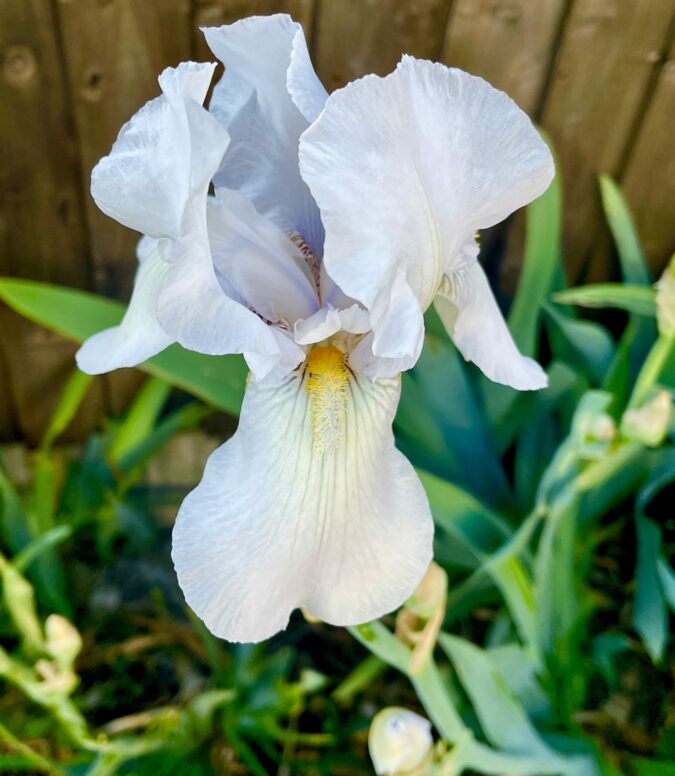
Iris
Comments are closed for this post.
